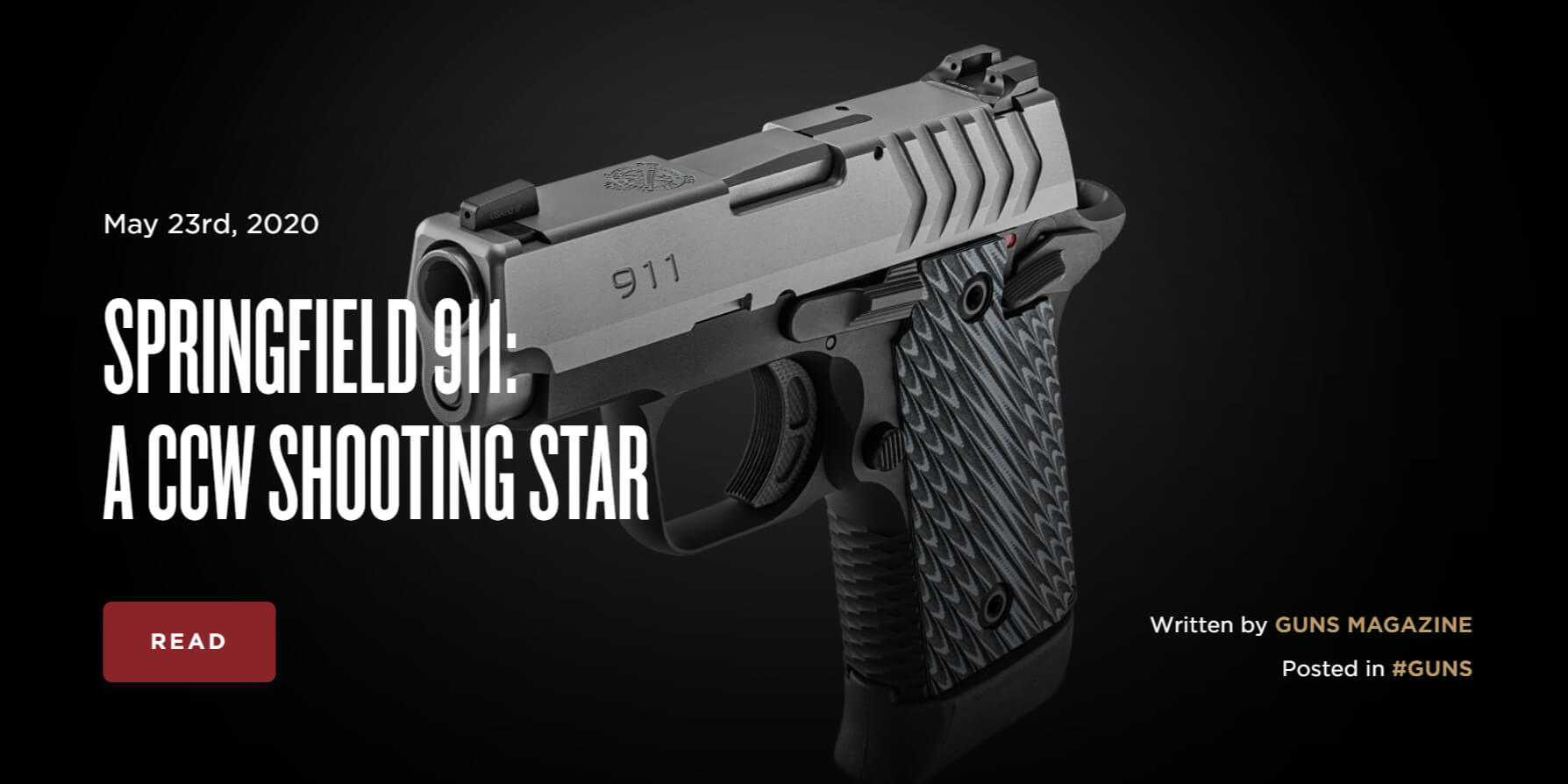If a .380 version of the Hellcat was made, and smaller, wouldn't that be called a derringer?

. Just a thought

The term "
derringer" has come to refer to any small-sized
handgun that is neither a
revolver nor a
semi/
fully automatic pistol. It is not to be confused with mini-revolvers or
pocket pistols, although some later derringers were manufactured with the
pepperbox configuration.
The original
Philadelphia Deringer was a
muzzleloading percussion cap single-shot pistol introduced in 1825
[1] by
Henry Deringer. In total, approximately 15,000 Deringer pistols were manufactured.
[2] All were single barrel pistols with back-action
percussion locks, typically
.41 caliber with rifled bores, and walnut stocks. Barrel length varied from 1.5 to 6 in (38 to 152 mm), and the hardware was commonly a copper-nickel alloy known as "
German silver".
The term "derringer" (
/ˈdɛrɪndʒər/) has become a genericized misspelling of the last name of
Henry Deringer.
[2] A derringer is generally the smallest usable handgun of a given caliber, and was frequently used by women, because it is easily concealable in a
purse or as a
stocking gun.
[3]
Many copies of the original Philadelphia Deringer pistol were made by other gun makers worldwide, and the name was often misspelled; this misspelling soon became an alternative generic term for any
pocket pistol, along with the generic phrase
palm pistol, which Deringer's competitors invented and used in their advertising. With the advent of
metallic cartridges, pistols produced in the modern form are still commonly called "derringers".
[4]


. Just a thought

